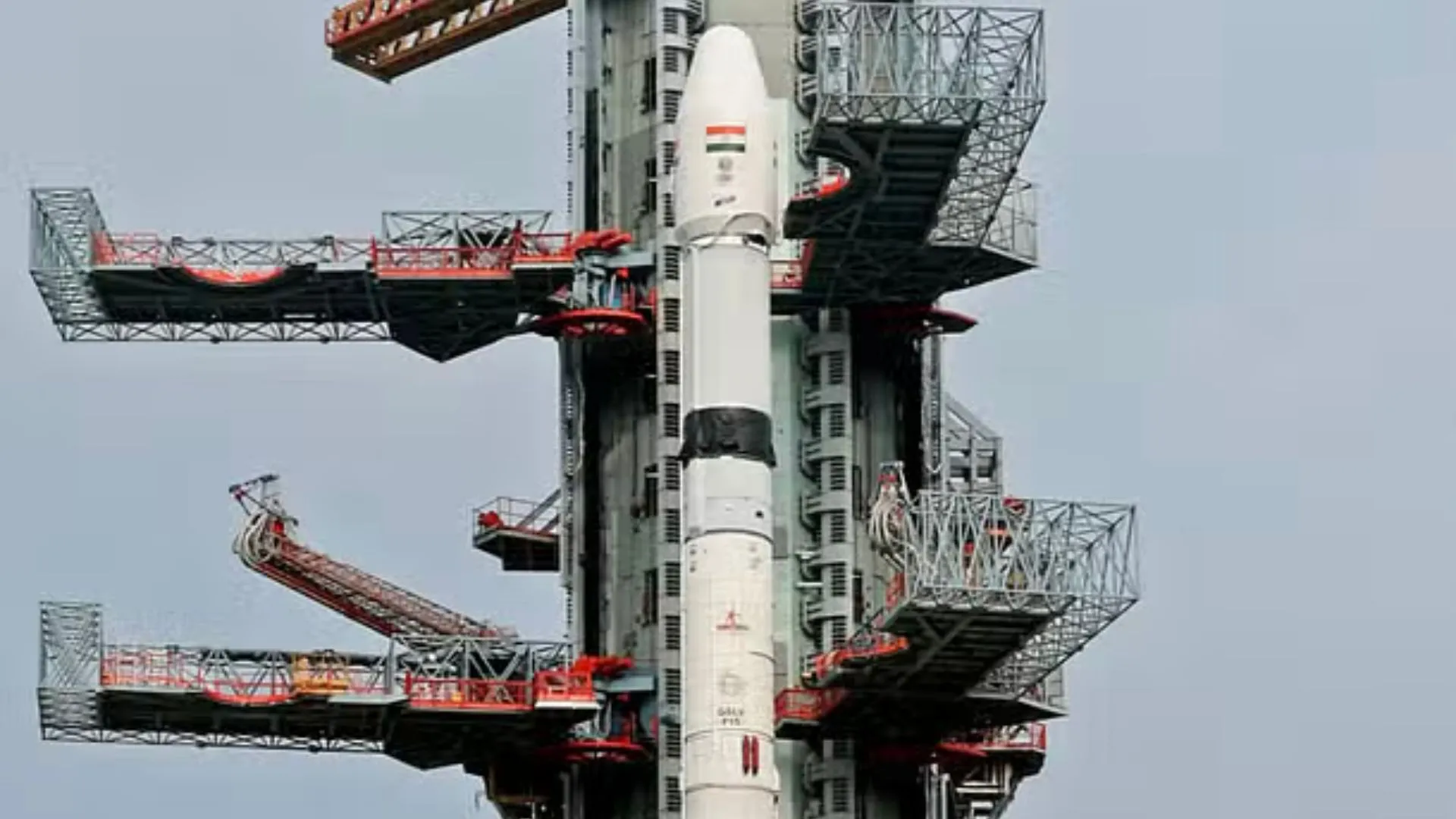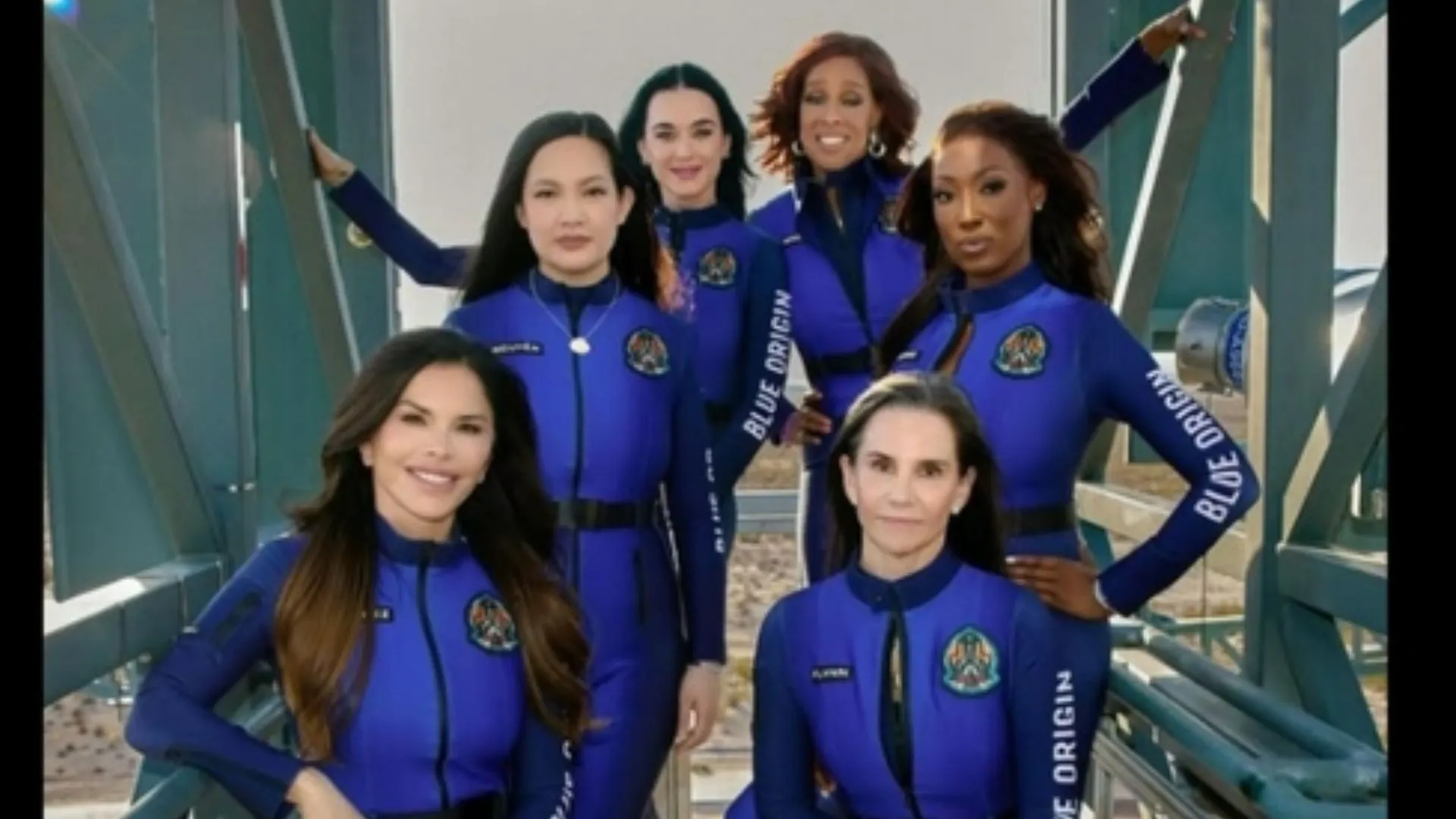The Indian Space Research Organisation (ISRO) is set to mark its 100th launch on January 29 with the deployment of a 2,250-kg navigation satellite, NVS-02, aboard the GSLV-F15 from Sriharikota at 6:23 am, the agency announced.
🚀 Mark your calendars! The Launch of GSLV-F15/NVS-02 Mission is scheduled on 29th January 2025 at 06:23 hrs IST from SDSC SHAR, Sriharikota.
🎟️ Public can witness the launch from Launch View Gallery at SDSC SHAR, Sriharikota by registering through online from the following…
— ISRO (@isro) January 24, 2025
NVS-02 is the second of five second-generation satellites developed to upgrade the Indian Regional Navigation Satellite System (IRNSS), also known as NavIC (Navigation with Indian Constellation). These next-generation satellites are designed to replace older satellites in the constellation, offering a longer lifespan of 12 years and enhanced features, including indigenously developed, more precise atomic clocks.
Additionally, the new satellites employ the L1 frequency, commonly used in the US Global Positioning System (GPS), enabling broader applications in smaller devices like fitness trackers.
The GSLV-F15 launch marks the 17th flight of the GSLV vehicle and the 11th using ISRO’s indigenously developed cryogenic engine. The mission, lasting over 19 minutes, will place the satellite in a 170 x 36,577 km Geostationary Transfer Orbit (GTO), a transitional orbit used to move satellites into a high geostationary orbit.
The IRNSS, a seven-satellite system, provides positioning, navigation, and timing services over India and a 1,500 km radius surrounding it. The system’s first satellite, IRNSS-1A, launched in 2013 with a mission life of 10 years. Subsequent satellites, IRNSS-1B and 1C, followed in later years.
However, the constellation faced challenges. Atomic clocks onboard some satellites malfunctioned, necessitating replacements before their mission life ended. In 2017, a replacement satellite, IRNSS-1H, failed to reach orbit when the heat shield of ISRO’s reliable PSLV launch vehicle did not deploy.
The navigation system also drew criticism for underutilisation. A 2018 CAG report highlighted delays in developing user receivers. Though the Cabinet allocated ₹200 crore in 2006 for this purpose, the project began only in 2017, after seven launches, resulting in underuse of the initial satellites’ mission lives.
Since then, progress has been made, with the development of user receivers and applications for the constellation. Many newer smartphones now support IRNSS signals, aided by cellphone chipsets capable of receiving NavIC data.
The first second-generation navigation satellite was launched in May 2024 aboard the same GSLV vehicle. The upcoming launch aims to further strengthen India’s navigation capabilities.






















